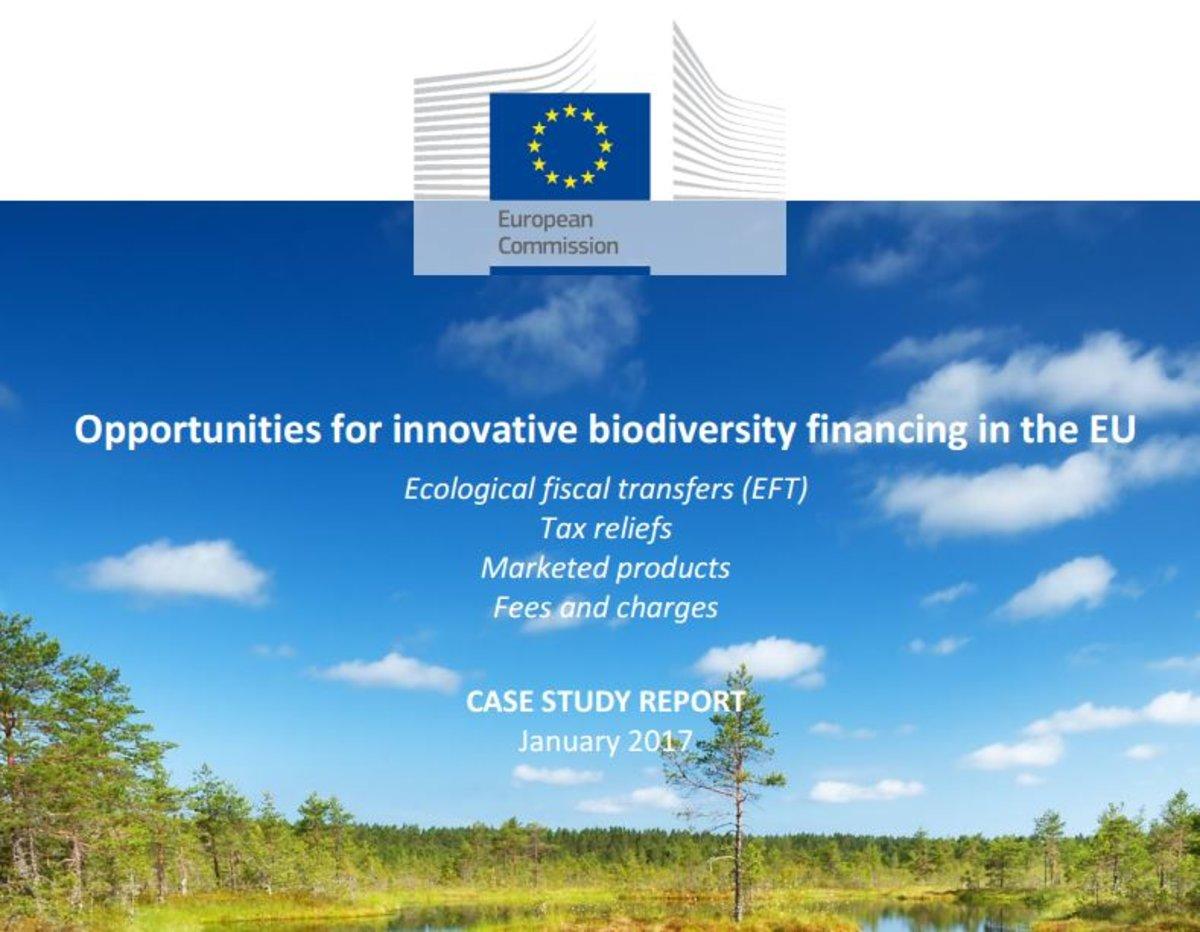Estimates show that in order to meet Convention on Biological Diversity targets, current annual global funding would need to increase by at least an order of magnitude to $US 76.1 billion. The best-known funding needs of EU biodiversity measures are those of the Natura 2000 network of protected sites, estimated at €5.8 billion a year with a shortfall of 80%. Complementing the present EU funding policy mix with innovative mechanisms is widely considered to be one option to address the conservation funding gap.
In a report for the European Commission, IEEP and partners evaluated funding for EU biodiversity conservation. As part of this assessment, various novel financial instruments which contribute to conservation outside the EU and in a few EU Member States were reviewed. The study concludes that, while such mechanisms alone are unlikely to bridge the funding gap in the short-term, a systematic deployment of joint options could improve conservation outcomes. Examples of best practice were identified, which could be extended across the EU to complement existing funding mechanisms according to the requirements of each Member State.
Ecological fiscal transfers (EFTs) distribute tax revenue between different levels of government, based on compensation for conservation expenditures. Pioneered in Brazil, EFTs have been implemented in France and Portugal, and proposed in Germany and Poland. EFTs have the advantage of strengthening the legitimacy of conservation actions, but to be even more effective, EFT-like systems could be linked to national delivery of EU schemes for rural and regional development. There is also the potential for upscaling EFT-like systems to the EU level.
Tax reliefs can incentivise tax-payers to adopt conservation-friendly practices. Examples exist in France, the UK and the Netherlands, and outside the EU, in the US, Canada and South Africa. France has the most extensive system, with reliefs available to preserve or manage Natura 2000 sites. Although current scope is limited, relief systems can easily be integrated into existing fiscal structures. They also appear to improve public acceptance of Natura 2000 designations, which has been a barrier to implementing the network in France. Tax reliefs could be more widely used, but measures to improve their cost-effectiveness and transparency will be needed.
Marketed products for biodiversity conservation (MPBCs) use sales from products to generate funding for conservation activities: through donations, protecting species or habitats affected by production, or encouraging producers to adopt more environmentally conscious practices. Wide uptake of MPBCs can deliver considerable conservation benefits by improving supply chains. The prerequisites for success are reliable certification systems to build consumer confidence and suitable marketing campaigns to increase their market share. Examples of MPBCs include schemes in France, Spain and the UK, and outside the EU, in the US, a number of which already deliver substantial, cost-effective conservation benefits.
User fees and charges may be implemented for the use of biodiversity and ecosystem services, such as fees for visiting a national park. Compulsory or voluntary charges have been employed in many EU Member States and outside the EU. They offer flexible management options and can be important at the local level, but may be difficult to implement more widely due to the open nature of many protected areas and social perception that access to nature should be free. Earmarking revenue from hunting and fishing licenses for conservation activities, as practiced in Estonia and Ireland, appears to be conservation effective.
The IEEP report concludes innovative financial instruments in their current state of development are not expected to bridge the conservation funding gap in the EU. Identifying the needs for increased uptake, such as improving the evidence base for their success in delivering conservation goals, could facilitate their wider implementation. Such instruments have the potential to contribute to cost- and conservation-effective measures, and improve stakeholder acceptance. The authors recommend a more systematic approach to the uptake of these instruments, at national and EU level, identifying their possible roles and promoting a suitable mix rather than individual measures.
Please contact Marianne Kettunen for more information.



